Following the First World War and with Ballina’s population nearing 4000 people, the Methodist Church purchased land in Ballina where it was proposed to build the establishment of a Girls College. Plans were prepared for a late Edwardian building, a prospectus launched in 1923 then the dream of the North Coast Girls College was born and built in 1924/25. The school was officially opened on 16th September 1925 however little is recorded locally of the day-to-day history of the college.
The seaside climate, it was believed in this era, enhanced learning. The establishment occurred in a period of optimism following the end of the Great War, its solid architecture reflecting this as well “the latest ideas of college architecture”.
“The rooms are lofty and well ventilated, and there is ample accommodation for sleeping out of doors. Electric light and hot and cold-water services have been installed, and the sanitation is of the latest model”.
The college’s prospectus also provides important insights into the reasons the college was established in Ballina. This it seems had much to do with the learning environment of the locality than to service the needs of the immediate community. The prospectus clearly indicated the benefits of the school’s seaside environment.
“The College is situated at Ballina, a rising town at the mouth of the Richmond River. Ballina is noted for its beautiful scenery and the mildness of its temperature. Thousands of visitors come here each year to recuperate and go away feeling that its climate has brought back health of mind and body”.
Regretfully, the North Coast College only remained operational as a school until 1930. It is recorded that the school closed due to difficulties in administration. It has been later interpreted that these difficulties were due to the 1930’s great depression, which prohibited families from affording the luxury of a seaside boarding school college education.
From 1930 to 1958 the building then became a guesthouse, known as the “North Coast Guest home”. It was owned and operated by persons unknown. 1958 to 1970 the property was used as a boarding house, owned and operated by Harold and Min Tate, and known as “BEHLE”. A conversion in the 1970s saw a further reduction in grandeur when the building was converted to 16 flats with much use of gyprock and fibro and closing in of all verandas.
In 1999 the building was auctioned on behalf of the estate of Mr Laundry, and Ballina Shire Council had given in principle approval for demolition of the building to enable the land to be used for new unit development. However, it was not to be, and the property was purchased and ten months later, with much hard work, thought and passion Ballina Manor became a reality.
Amazingly, on 4th March 2000, approximately 75 years after its original opening the Ballina Manor re- fully restored. In attendance were 6 of the original students from the North Coast Girls College, Mayors from Ballina and Lismore, 1920’s cars front he Northern Rivers Car Club and some 1400 people came to inspect the property.
The Manor building is an important historic building not only given its associated history but as a building that demonstrates its aesthetic merit. Designed by architect Frederick J. Board, the building demonstrates features characteristic of his work. These include its predominant brick fabric, timber detailing and archway features.
It has been noted that Norton Street was Ballina’s first, “main street” and thoroughfare, linking North Creek and the main arm of the Richmond River. This history is significant to its heritage significance, as are a number of important elements of the street today. Of the buildings along Norton Street some of its remaining historic timber houses are amongst the oldest on Ballina Island. All the historic timber houses remaining in Norton Street reflect its changing historic use, and, not least, are important examples of north coast vernacular timber architecture.
Over the past few years the Manor has been tastefully restored inside and out, bringing this Ballina icon into a new era of its own. Whether you choose to stay with us or dine at the Manor Restaurant, make sure you visit to experience this unique beauty on the Far North NSW Coast.
We look forward to hosting and welcoming you to your new home away from home.
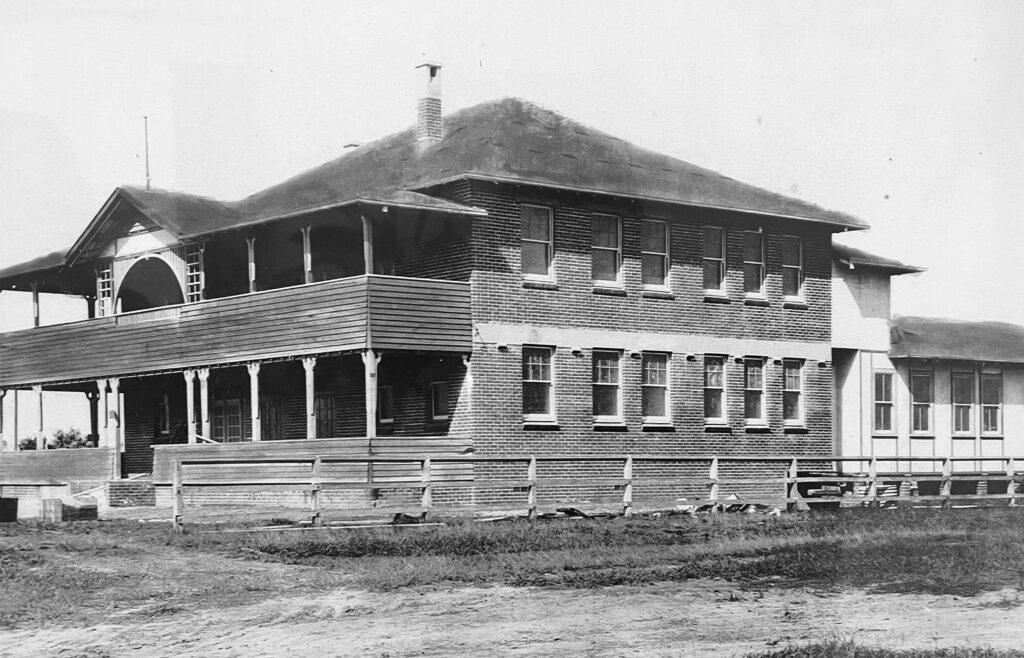
The seaside climate, it was believed in this era, enhanced learning. The establishment occurred in a period of optimism following the end of the Great War, its solid architecture reflecting this as well “the latest ideas of college architecture”.
“The rooms are lofty and well ventilated, and there is ample accommodation for sleeping out of doors. Electric light and hot and cold-water services have been installed, and the sanitation is of the latest model”.
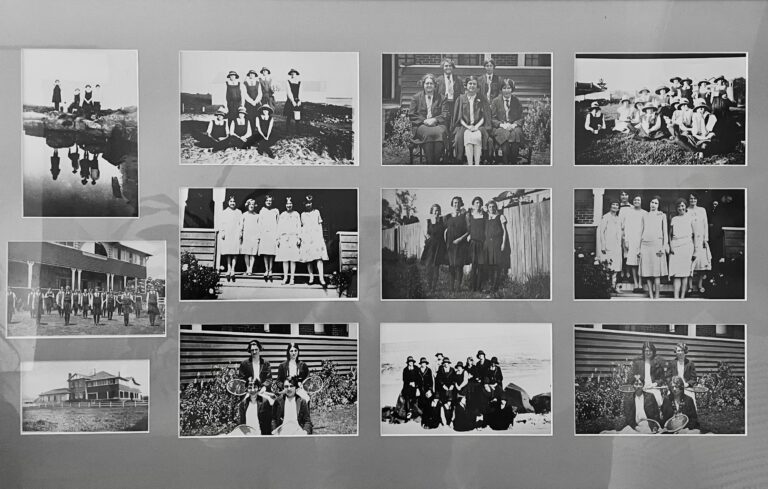
Regretfully, the North Coast College only remained operational as a school until 1930. It is recorded that the school closed due to difficulties in administration. It has been later interpreted that these difficulties were due to the 1930’s great depression, which prohibited families from affording the luxury of a seaside boarding school college education.
From 1930 to 1958 the building then became a guesthouse, known as the “North Coast Guest home”. It was owned and operated by persons unknown. 1958 to 1970 the property was used as a boarding house, owned and operated by Harold and Min Tate, and known as “BEHLE”. A conversion in the 1970s saw a further reduction in grandeur when the building was converted to 16 flats with much use of gyprock and fibro and closing in of all verandas.
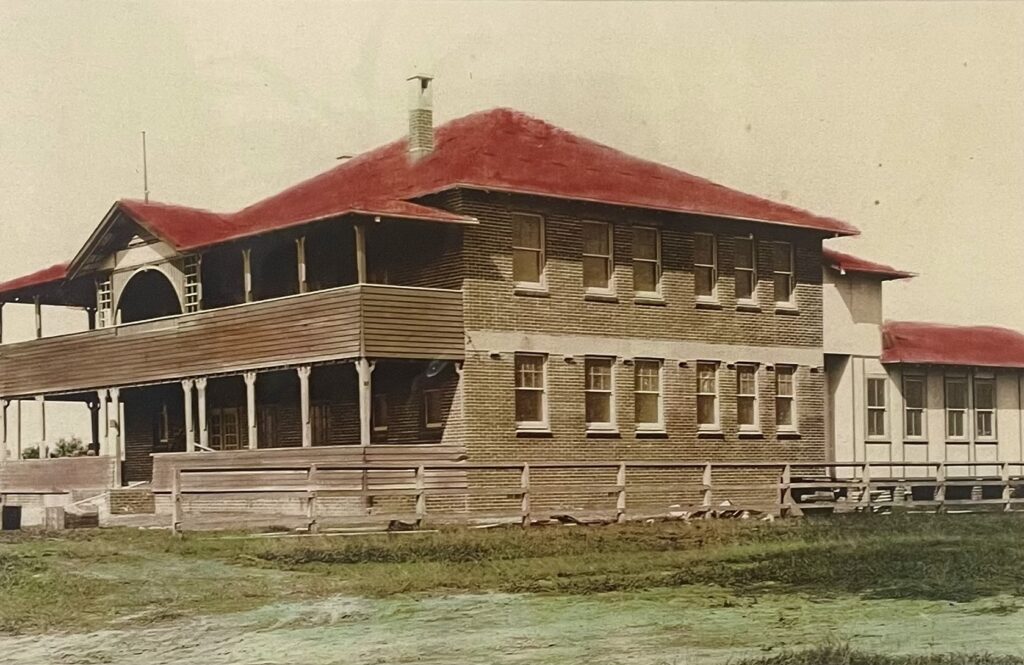
The Manor building is an important historic building not only given its associated history but as a building that demonstrates its aesthetic merit. Designed by architect Frederick J. Board, the building demonstrates features characteristic of his work. These include its predominant brick fabric, timber detailing and archway features.
It has been noted that Norton Street was Ballina’s first, “main street” and thoroughfare, linking North Creek and the main arm of the Richmond River. This history is significant to its heritage significance, as are a number of important elements of the street today. Of the buildings along Norton Street some of its remaining historic timber houses are amongst the oldest on Ballina Island. All the historic timber houses remaining in Norton Street reflect its changing historic use, and, not least, are important examples of north coast vernacular timber architecture.
Following the First World War and with Ballina’s population nearing 4000 people, the Methodist Church purchased land in Ballina where it was proposed to build the establishment of a Girls College. Plans were prepared for a late Edwardian building, a prospectus launched in 1923 then the dream of the North Coast Girls College was born and built in 1924/25. The school was officially opened on 16th September 1925 however little is recorded locally of the day-to-day history of the college.
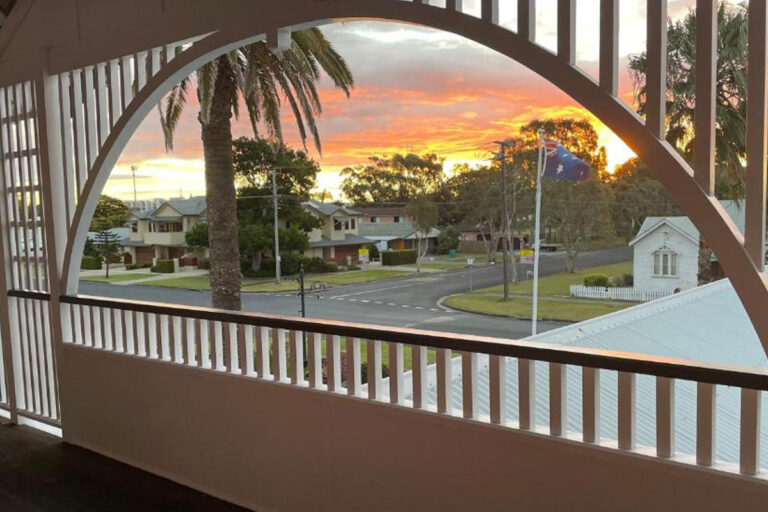
The college’s prospectus also provides important insights into the reasons the college was established in Ballina. This it seems had much to do with the learning environment of the locality than to service the needs of the immediate community. The prospectus clearly indicated the benefits of the school’s seaside environment.
“The College is situated at Ballina, a rising town at the mouth of the Richmond River. Ballina is noted for its beautiful scenery and the mildness of its temperature. Thousands of visitors come here each year to recuperate and go away feeling that its climate has brought back health of mind and body”.
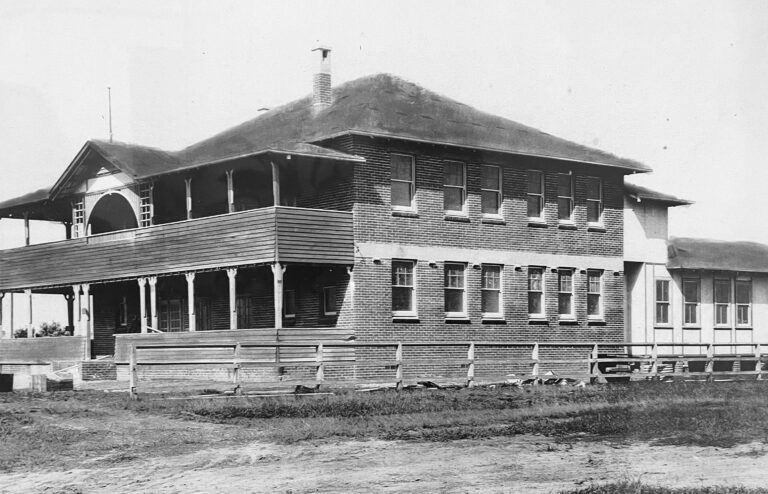
In 1999 the building was auctioned on behalf of the estate of Mr Laundry, and Ballina Shire Council had given in principle approval for demolition of the building to enable the land to be used for new unit development. However, it was not to be, and the property was purchased and ten months later, with much hard work, thought and passion Ballina Manor became a reality.
Amazingly, on 4th March 2000, approximately 75 years after its original opening the Ballina Manor re- fully restored. In attendance were 6 of the original students from the North Coast Girls College, Mayors from Ballina and Lismore, 1920’s cars front he Northern Rivers Car Club and some 1400 people came to inspect the property.

